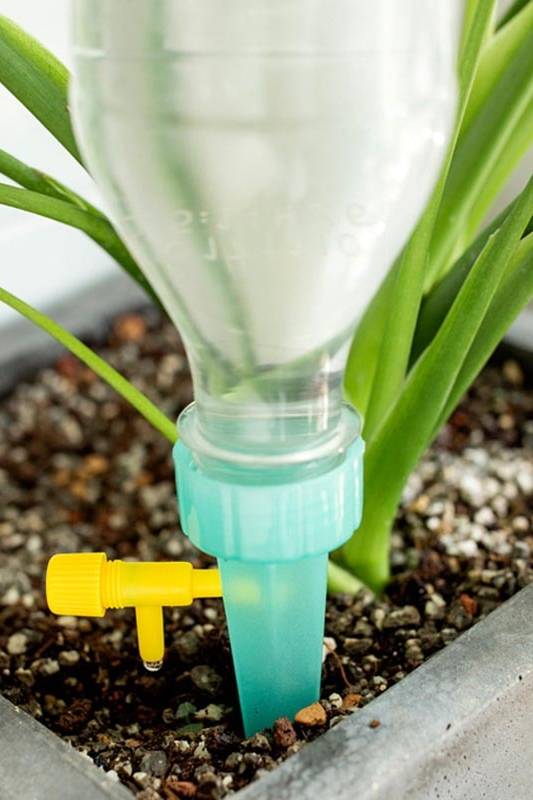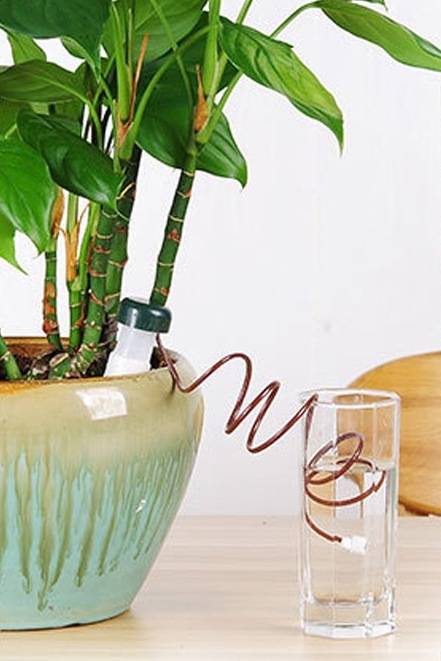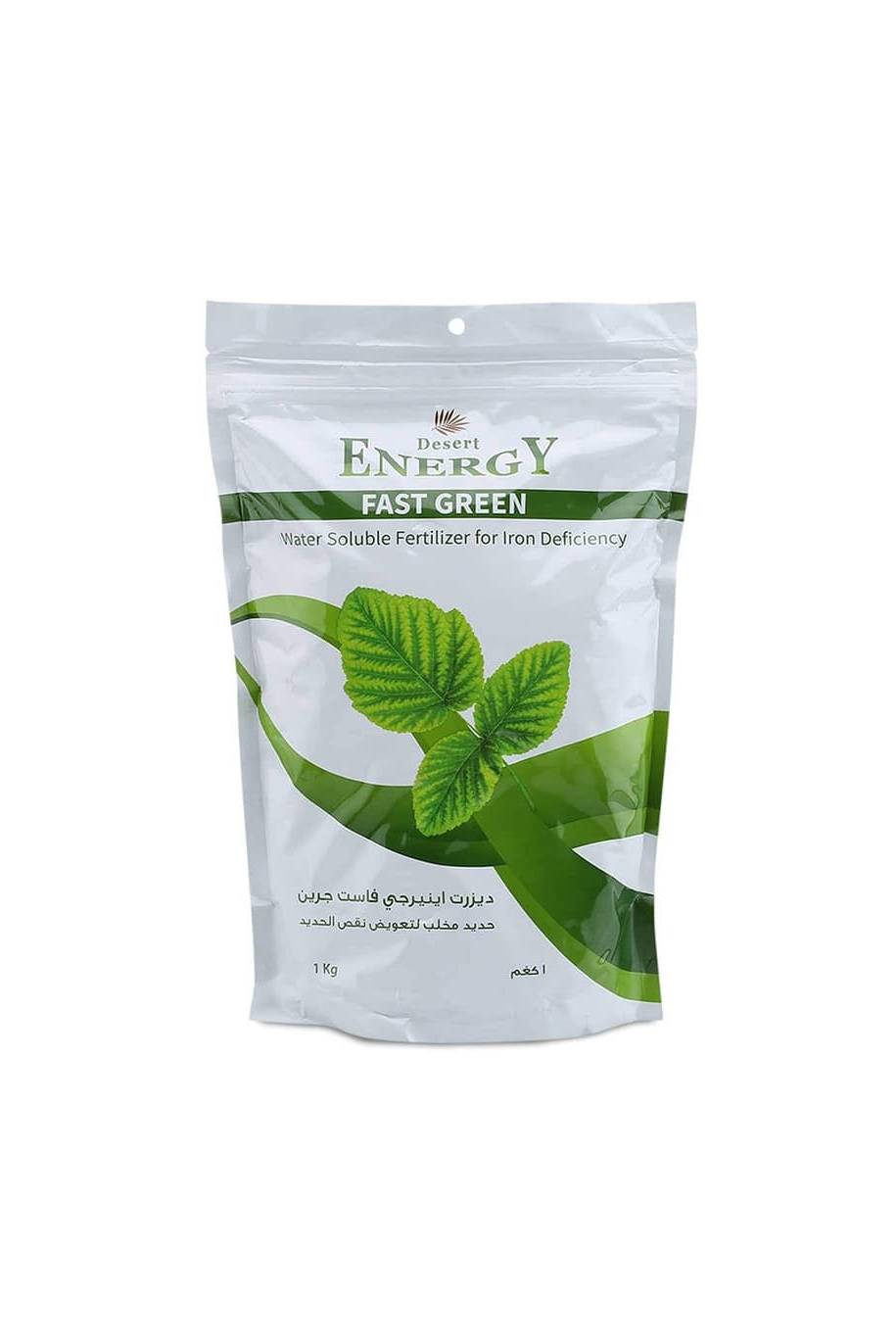Plant Bio
Croton plants (Codiaeum variegatum) are known for their vibrant and colorful foliage, making them popular choices for indoor and outdoor ornamental plantings. Here's a description of the Croton plant:
Leaves: Croton leaves are the main attraction, displaying a wide range of colors, including red, orange, yellow, and green. The leaves are often variegated, with different shades and patterns. The shape of the leaves can vary from elongated and narrow to broad and lobed.
Size: Depending on the specific variety, Croton plants can range in size from compact shrubs to small trees. They can be pruned to maintain a desired size and shape.
Growth Habit: Crotons have an upright growth habit, and their foliage is arranged in an alternate fashion along the stems.
Flowers: While Crotons can produce small, inconspicuous flowers, they are grown primarily for their colorful foliage rather than their blooms.
Varieties: There are numerous Croton varieties, each with its own unique leaf patterns and color combinations. Popular varieties include Petra, Mammy, and Iceton.
Care Guide for Croton Plant:
Light:
Crotons thrive in bright, indirect light. Provide them with several hours of sunlight each day. They can tolerate some direct sunlight, but too much can scorch the leaves.
Temperature:
Crotons prefer warm temperatures and are not cold-tolerant. Keep them in a consistently warm environment, avoiding drafts and sudden temperature drops.
Watering:
Keep the soil consistently moist but not waterlogged. Allow the top inch of the soil to dry out before watering again. Crotons appreciate higher humidity levels.
Humidity:
Crotons are native to tropical regions, so they benefit from higher humidity. Increase humidity by misting the plant or placing a humidifier nearby.
Soil:
Plant Crotons in well-draining soil. A mix designed for tropical plants or a combination of potting soil, perlite, and peat moss works well.
Fertilization:
Feed Croton plants with a balanced liquid fertilizer every 2-4 weeks during the growing season (spring and summer). Reduce or stop fertilization in the fall and winter.
Pruning:
Prune Croton plants to maintain their shape and size. Regular pruning can also encourage bushier growth and enhance the appearance of the colorful leaves.
Pest Control:
Keep an eye out for common indoor plant pests such as spider mites, scale, and mealybugs. Treat any infestations promptly with insecticidal soap or neem oil.
Container Size:
If growing in containers, choose a pot with drainage holes to prevent waterlogging. Repot as needed when the plant outgrows its container.
Outdoor Planting:
In suitable climates (USDA hardiness zones 10-11), Crotons can be grown outdoors. Plant them in well-draining soil and provide protection from cold temperatures.
Disease Prevention:
Ensure good air circulation around the plant to prevent fungal issues. Avoid overwatering, which can lead to root rot.
Caution:
Croton sap can be irritating to the skin and may cause an allergic reaction in some individuals. Handle the plant with care and wash your hands thoroughly after touching it.
With their stunning foliage, Croton plants add a bold and tropical touch to both indoor and outdoor spaces. By following these care guidelines, you can enjoy the vibrant colors and unique patterns of this popular ornamental plant.

















